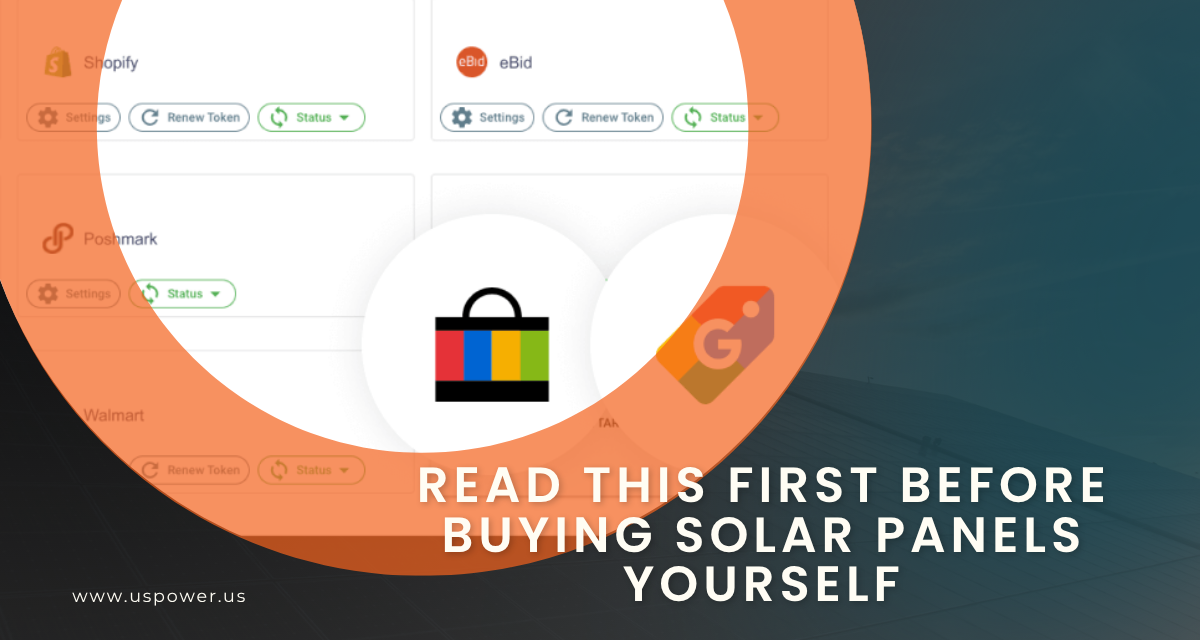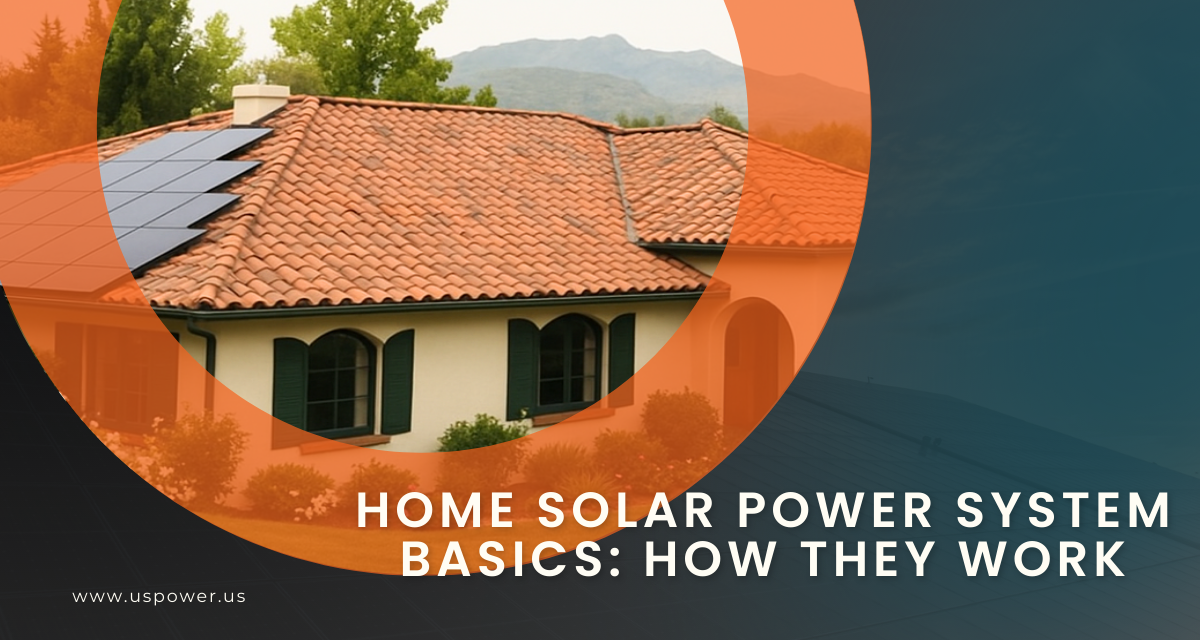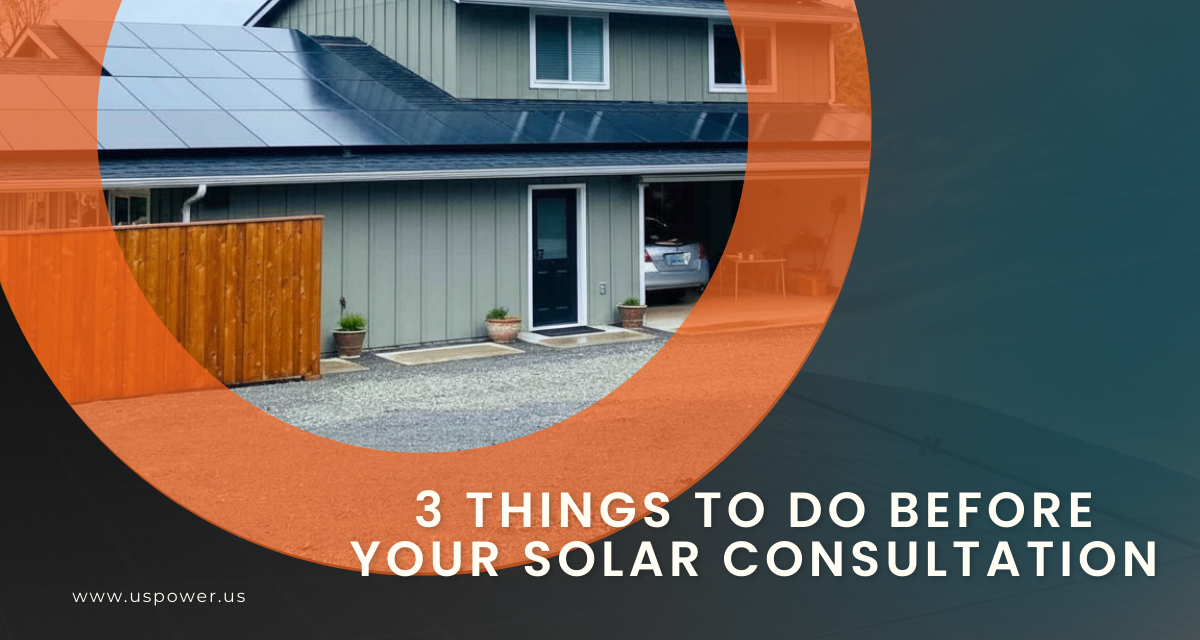Why Roof Edge Setbacks Matter for Safety and Rain Runoff

Solar and Roofing Advisor
Learn how correct roof edge setbacks prevent water overshoot, meet fire codes, and enhance QCells solar panels and battery storage benefits.

Installing solar panels is a significant investment for homeowners, and proper installation is crucial not just for performance, but also for safety, compliance, and long-term roof health. One common concern is how close panels can be installed to the roof edge or gutters. This question touches on three key factors: rain runoff, fire safety, and local building codes.
Why Roof Edge Setbacks Matter
Solar panels are typically mounted slightly above the roof using rails or standoffs. While it may seem ideal to maximize roof coverage, leaving insufficient space near gutters or roof edges can cause:
Rainwater Overshoot: When panels are too close to the edge, water runoff can bypass the gutters, potentially causing basement flooding or foundation issues. Water generally follows the frame edges of the panel, but the slope of the roof, panel elevation, and gutter depth all influence how water is collected. Homeowners looking for ways to maximize-solar-savings-in-california-before-2026 may want to consider proper gutter and runoff planning.
Fire Safety Access: Fire codes often require a minimum clearance between panels and the roof edges to allow firefighters access in emergencies. Common setbacks include 18 inches from the edges or up to 3 feet if the system covers a large portion of the roof. These pathways ensure that emergency personnel can safely navigate the roof without obstruction.
Maintenance and Inspections: Panels installed too close to gutters may make routine roof inspections or cleaning difficult. A small gap allows for debris removal, gutter maintenance, and safe access to attic vents if needed. For guidance on how to find low-interest solar loans near you that may cover maintenance or upgrades, homeowners can explore financing options.
How Much Clearance Is Enough?
Setback requirements vary by location and roof design, but some general guidance can help homeowners:
Rainwater Considerations: A distance of 6–12 inches from the roof edge is often sufficient for standard rainfall patterns. Homeowners in heavy rain regions may need a slightly larger gap or consider a splash guard to prevent water overshooting the gutter.
Fire Code Compliance: Local fire codes dictate clearances for panel installation. Most codes require:
- 18-inch setbacks from roof edges for walkable paths.
- 3-foot pathways if more than 33% of the roof is covered with panels.
Always check with your city’s building department, as requirements can differ significantly.
Snow-prone Areas: In regions with snow, snow guards or sno-guards may be installed to prevent avalanches from sliding directly onto gutters, walkways, or entries.
What Solar and Roofing Experts Say
Professional installers and solar engineers emphasize that properly installed panels rarely cause issues, even when close to gutters:
- Panels protect roof surfaces: The roof beneath panels often remains in excellent condition because it’s shielded from direct rainfall and UV exposure. The most vulnerable spots tend to be the edges, especially the bottom row where runoff accumulates.
- Water usually follows the panel lip: Modern panels have a small lip along the frame edge, which directs water downward along the panel sides rather than shooting straight off the edge. In most cases, runoff will land in the gutter if properly installed. Homeowners can learn more about solar panel installation services that follow professional standards to ensure proper setbacks.
- Custom solutions are available: For those concerned about minor overshoot, modular flashing strips or gutter splash guards can be added to redirect water safely. Some homeowners even use garden hoses to test water flow before making final adjustments.
- Local inspection matters: Cities and utilities usually require inspections for interconnection. While some inspections may be skipped in certain regions, an approved plan or permit ensures compliance with local building codes and fire safety regulations.
Red Flags to Watch For
Even with a clean-looking installation, homeowners should be aware of potential risks:
- Water overshoot: If water from heavy rain misses the gutter and pools near the foundation, it can cause long-term structural issues. Test by running water over the panels to see how it flows.
- Firefighter access: If panels block critical roof areas, emergency personnel may not have safe pathways. Always verify that local fire code clearances are met.
- Snow or debris hazards: In snowy regions, panels installed without snow guards can direct avalanches into gutters, landscaping, or entryways, potentially causing damage or injury.
- Non-standard installations: If a system looks too tight or bypasses recommended setbacks, double-check permits, manufacturer guidelines, and local codes. What looks visually clean may not comply with fire or safety regulations.
Tips for Homeowners
- Consult with your installer: Confirm that your panel spacing meets both code and manufacturer recommendations. Ask about gutter protection or optional splash guards if you are in a high-rainfall area.
- Inspect roof slopes: Steeper slopes may require larger gaps or additional protections to prevent overshoot or wind damage.
- Verify fire code compliance: Check your local fire department or building code for setback requirements, especially if your roof is heavily populated with panels.
- Consider maintenance access: Even if your system meets all codes, allow space for gutter cleaning, vent access, or future roof repairs.
- Test runoff: A simple garden hose can simulate heavy rain, helping you confirm that gutters and drainage are effective.
Secure Your Solar Future the Right Way
Proper roof edge setbacks aren’t just a technical detail—they’re essential for protecting your home, ensuring fire safety, and maintaining long-term roof health. While it might be tempting to maximize every inch of your roof, leaving the right gaps prevents rainwater overflow, allows for easier maintenance, and keeps your system compliant with local codes.
Most professional installers follow these guidelines, but confirming with your installer and testing water runoff can give you peace of mind. A correctly spaced solar array not only boosts energy production but also safeguards your investment and your home.
Ready to get your solar panels installed safely and efficiently? Schedule a consultation and ensure your system meets all safety and code requirements.
Related Articles
Our Related Blogs
Before you buy solar, get the facts and save more with expert installation.
Learn the essentials of solar systems and how they can power California homes.
Prepare effectively for your solar consultation with these essential steps.
Our Solar and Roof Brand Partners








We empower communities and businesses to harness clean, renewable solar energy solutions that drive sustainable growth.
Ready to Own Your Power? Call us today!
818-650-8010
Copyright © 2025 US Power - Axia by QCells. All Rights Reserved.
Privacy is important to us, so you have the option of disabling certain types of storage that may not be necessary for the basic functioning of the website. Blocking categories may impact your experience on the website.
Essential
These items are required to enable basic website functionality.
Personalization
These items allow the website to remember choices you make (such as your user name, language, or the region you are in) and provide enhanced, more personal features.
Marketing
These items are used to deliver advertising that is more relevant to you and your interests.
Analytics
These items help the website operator understand how its website performs, how visitors interact with the site, and whether there may be technical issues.
We and our third-party partners use cookies and other technologies to enhance and track your experience on this site, conduct analytics, and personalize marketing to you. By using the site, you agree to our use of these technologies, including recording and monitoring your interactions with the site.
Get an instant solar estimate using satellite!









